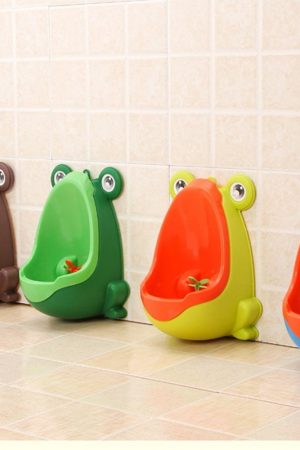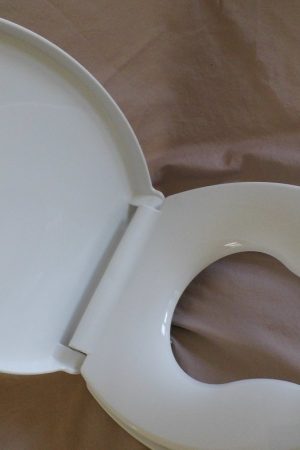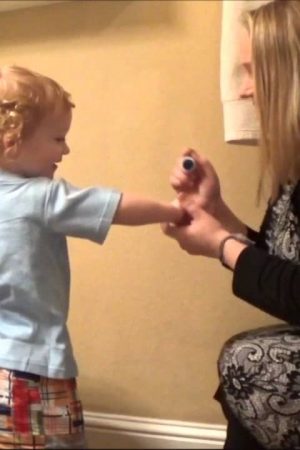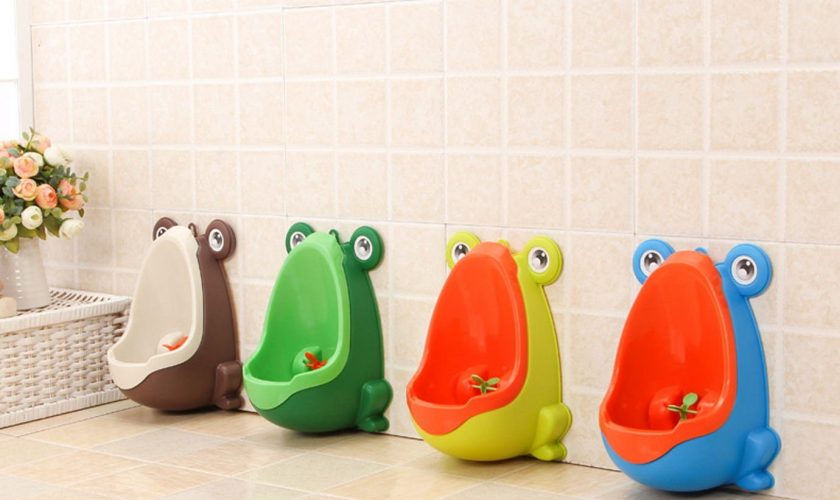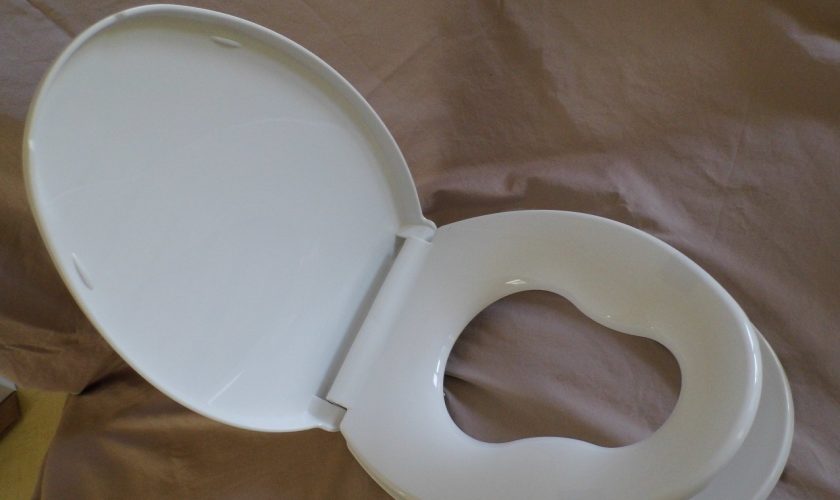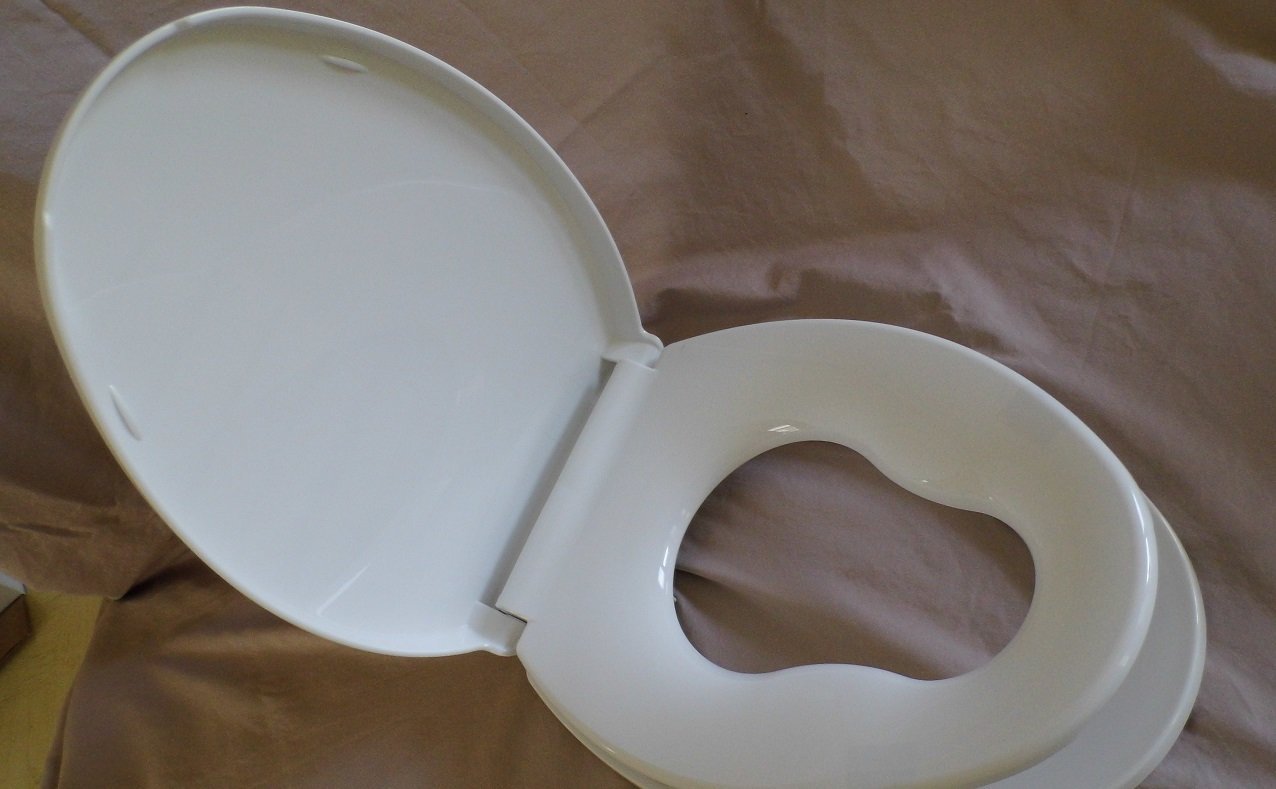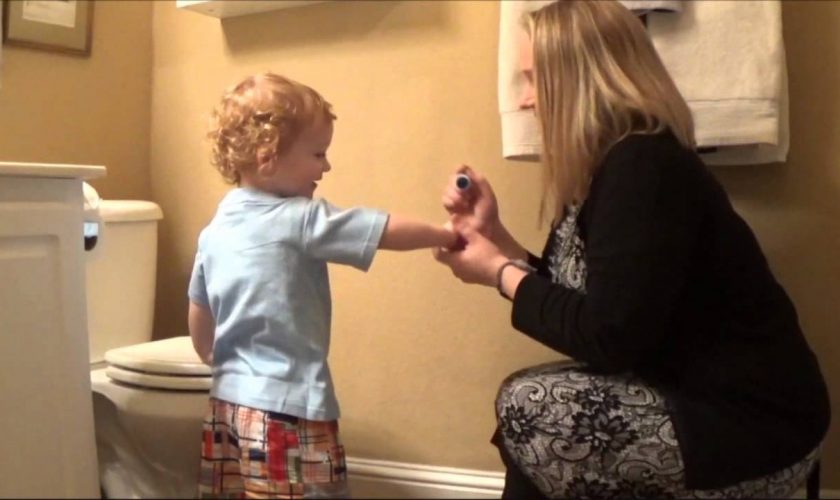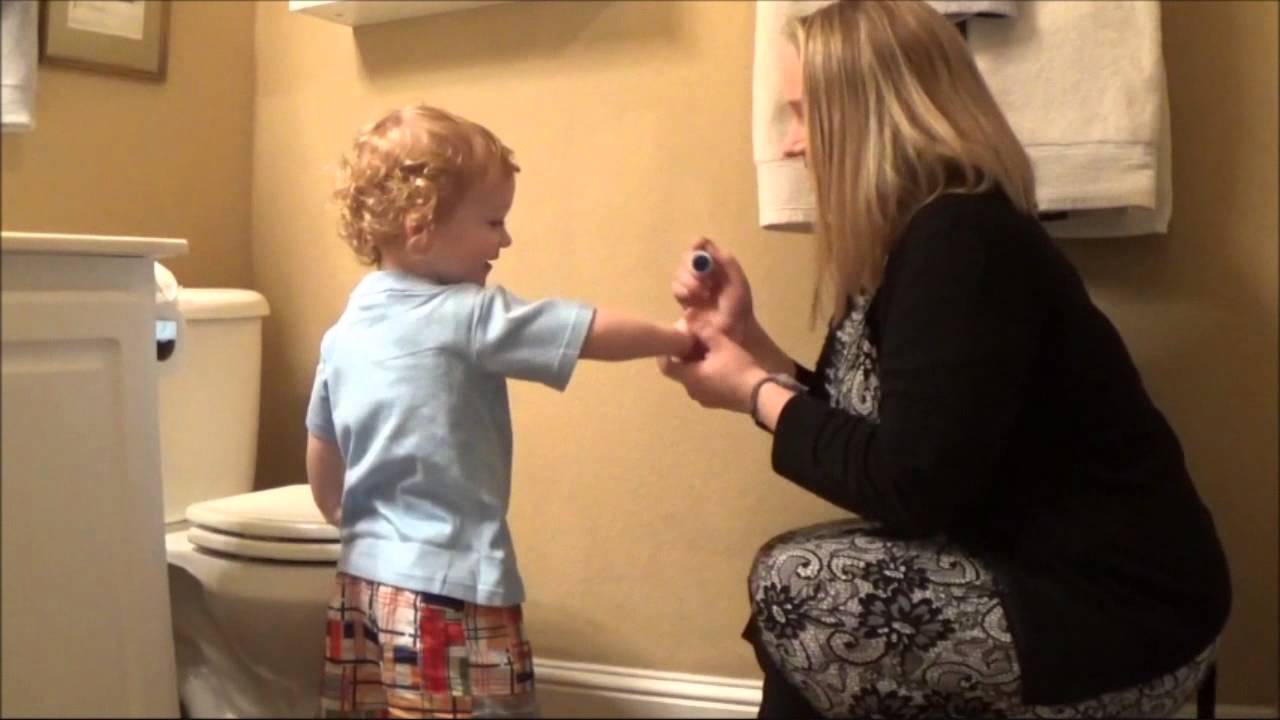You may be wondering whether a training urinal is just another piece of baby gear that will end up in the junk pile with the rest. While some parents love training urinals, others think they are a complete waste of time.
Experts have all sorts of theories and make all sorts of promises about how to potty train as fast as possible. Ultimately, however, your child will go at their own pace and all you can do is help the learning process go more smoothly. Once they’re ready, products to make potty training easier can make a big difference as you work toward a diaper-free future. Items like kid-size potties, a watch to remind them when it’s time to “go,” and disposable seat liners for public toilets could be the answers to your potty training prayers.
Lets take a look at the arguments for using a training urinal
Pee like Daddy
Children learn by imitating their parents. If your little boy has seen Dad pee standing up then he will probably want to go to the toilet the same way. Your little boy will be much more enthusiastic about potty training if he can go to the toilet the same way that Dad does.
He has to learn sometime
Whether you like it or not, one day your little boy is going to pee standing up. He might as well learn how to aim while young. It is much less embarrassing to clean up after a boy who is potty training than one who is much older.
Makes potty training easier
Everyone is different and some boys take to potty training a lot quicker if they are able to pee standing up.
While a urinal is a nice to have item it is not essential and you will still be able to potty train your little boy using a regular potty.
Types
Toddler urinals come in many types, from very simple to a stand alone flushing urinal for your toddler’s use. The simplest and cheapest toddler urinals attach to your regular toilet and either lift up to protect the toilet tank and seats while deflecting the stream of urine into the toilet bowl, or attach to the side of the toilet at your child’s height and must be emptied into the toilet bowl by an adult. However, you can also choose a separate child-size urinal that either sets up on a stand or is attached to your wall. Some can actually be flushed, but all will still require emptying and cleaning.
Hanging training urinal
This is the most basic type of urinals for kids. Generally, it is one piece of molded plastic that has a hook at the back of the urinals. You use the hook to attach the urinal to your toilet. It is quite easy to install and use and does not have a lot of features. Just what the baby needs to do what daddy does and how he does it. Once your baby is done with fighting his imaginary fires, you can unhook the urinal potty and empty it. If the baby is old enough, they can even empty it themselves. Pretty simple.
The benefits attached to the use of this potty training urinal include the fact that it is easy to use and also easy to empty. It does not have a lot of pieces so that also makes it much easier for you to clean without the hustle of trying to get to the nooks.
The basic design also comes with a couple of flaws that you should be aware of before you make the purchase. The potty training urinal has to be removed every time an adult wants to use the toilet. Chances are you might have to make a couple of dramatic runs to the bathroom when your baby gets there and finds you forgot to replace the urinal before they do it all over the floor. Also, the potty can only be mounted at the height of the toilet so it might take some time before the kid is able to use it comfortably.
The Suction Cup Training Urinal
The suction cup stand up potty training urinal is slightly advanced and has a better user experience because it has more features it offers the baby. At the rear of the urinal there is a series of suction cups. The cups allow you to mount the potty at any height and better yet, in a variety of surfaces. It makes this urinal for kids highly portable. In most cases, the product comes in two different pieces. One is the base station that connects to the wall and the other is a plastic urinal that detaches for easier emptying.
Most of the benefits that are attached to this potty training urinal is courtesy of the suction cups. One of these is the fact that you can mount the potty at any height so your baby does not have to wait until they’re tall enough to be able to use the product. You can also attach it to different surfaces making it more portable.
Because it has more pieces, it is harder clean and the use of suction cups is slightly worrying because they are not the best at clinging on surfaces. But they’re still great urinals for toddlers.
The Standing Training Urinal
Of all the urinals for kids, the standing training urinal has to be among the best there is. It does come with premium price tag but plenty of benefits to offer as well. The standing training urinal is the best option if you want to give your baby the most lifelike urinal experience during the training experience.
All standing training urinal have a larger size and because of this, they have a larger urinal catcher area. Ideally, that would mean that there is a lower chance that the baby will miss and hence less cleaning for you. Because they can support themselves, they can also be used almost anywhere as long as there is a flat surface. A good number of parents prefer to use them outdoors.
The standing urinals for kids happen to be the most stable training urinals and have a larger aim for the growing boy. The fact that they can be used even in the outdoors is also a huge bonus. However, the size comes with a downside since it means that it takes up more space in your bathroom. It is also the most difficult of the three to empty.
